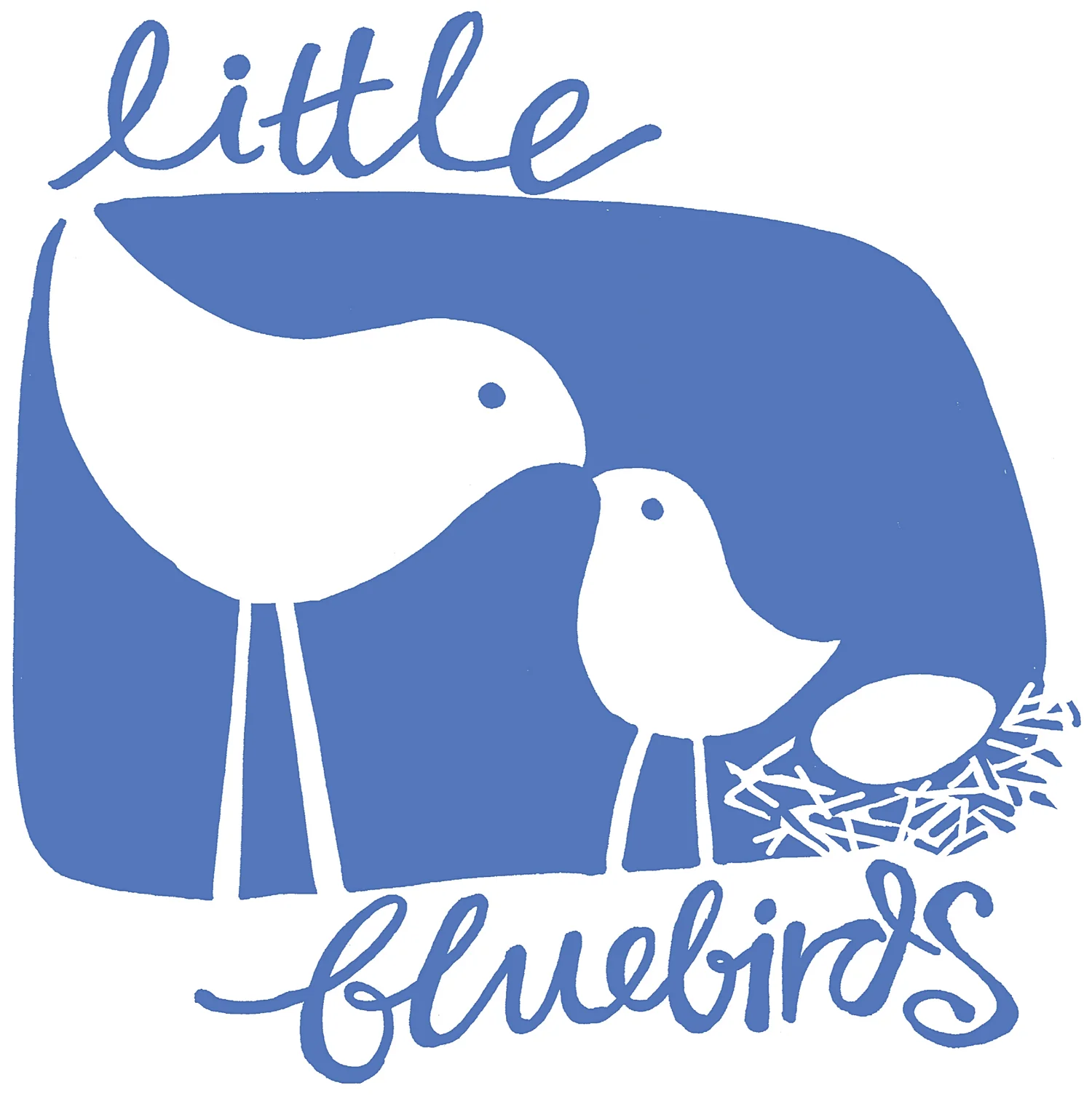The simple beauty of blocks
Today I watched children playing with blocks. I mean REALLY watched… I sat and observed a two-year old playing blocks with a twelve-year-old for around 40 minutes. Their interaction was priceless and I clearly wasn’t needed at all.
So I watched…
and I listened…
and I was reminded why simple blocks are a wonderful toy for children.
My mum says kids really need only a few basic things… “books, blocks, a ball, and one kitchen cupboard full of things they’re allowed to play with”. She has 6 children and 17 grandchildren, so her advice is usually worth listening to. These days our children seem to have SO many toys, and as parents we can be bombarded with messages about the latest and greatest educational whizz-bang must-have trendy toy. But blocks aren’t a trend - they’ve been around for ever, and I reckon they’re a toy worth collecting.
When I was a kid our blocks they were literally off-cuts of wood from Dad’s home-carpentry projects sanded smooth to avoid splinters. Later on we had blocks from the toy-shop, uniform shapes with rounded edges, stained and varnished smooth. The Danish toy juggernaut Lego has, since the 1950s, made the iconic plastic blocks that have set the benchmark for interlocking construction blocks. What parent hasn’t winced in pain at stepping on a Lego block in bare feet on a dark night. Ouch!!!
The blocks I watched in use today were Duplo, the chunky junior cousin of Lego. Our eclectic collection was mostly inherited in bits and pieces from nephews and nieces now in their twenties and thirties. My four children have used these blocks time and time again over the years, adding their own blocks as they came along. The blocks haven’t aged, they aren’t broken, and they haven’t dated … to me they seem like a pretty solid investment.
Here’s just some of the beautiful stuff I saw taking place with my young builders today:
Concentration and focus
It requires real effort to transform a floor scatter of plastic shapes into a house or tower. Young builders need to look very carefully, making choices, experimenting and trialing shapes. Blocks provide a great opportunity for children to increase their attention span as their minds and fingers become busy and engaged.
Turn taking & cooperation
Children building together will often need help from each other, to pass blocks that are out of reach, and to swap and share. Cooperative construction play helps build social skills as children co-construct and negotiate, take turns and cooperate with others.
Hand eye coordination
As they reach for, lift, move and build with blocks, children are strengthening their fingers, hands and arms. Their fine motor skills get a workout each time blocks are picked up, then carefully positioned using just the right amount of pressure.
Language
Playing with blocks can really support language development. Today I heard a whole range of vocabulary used as blocks were counted, colours and shapes were described, and names were given to animals, people and constructions.
Logical thinking including cause and effect
Will it balance? What size block do I need? Is it strong enough? Through blocks children build their problem-solving skills, test hypotheses and play with balance, weight and gravity. Blocks invite creative problem-solving, and develop early math and engineering ideas such as measurement, symmetry and estimation.
Spatial awareness
Which block fits? Not only is spatial awareness an important part of choosing the right shape to build a form, but young builders also need body awareness. Careful - don’t bump the masterpiece!
Imagination & self-expression
Today’s constructed repertoire included a house, a zoo, a tree, a train and a shop, all with accompanying stories. Through block play children can follow through their own ideas and set off on a voyage of discovery, or share in the development of their friends’ creations.
Phew, so much good stuff, so much learning. Did I mention the fun they had?!







